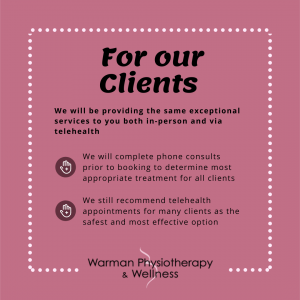We have talked before about headaches from a massage perspective previously. However, there are many reasons for headaches that may be cause to see a physiotherapist as well. Check out this case study for headaches from the neck!
Case Study NP
What does it feel like?
NP comes into the clinic, he is a 35 year old father of 3 and works a desk job for the past 5 years. Before that he was working on-site in construction, often looking overhead. In the past 2 years since his third child was born he is noticing he is getting more frequent headaches. Often his headache is is on the right side behind his eye and in the temple. As NP gets talking he realizes that he also has some dull pain in the shoulder and arm; but this pain is occasional compared to the headaches. He finds that when he is working at his desk by the end of the day the headache is nearly unbearable. By the time he gets home he has difficulty playing with his kids, and it’s starting to impact his ability to work around the house and cabin.
desk job for the past 5 years. Before that he was working on-site in construction, often looking overhead. In the past 2 years since his third child was born he is noticing he is getting more frequent headaches. Often his headache is is on the right side behind his eye and in the temple. As NP gets talking he realizes that he also has some dull pain in the shoulder and arm; but this pain is occasional compared to the headaches. He finds that when he is working at his desk by the end of the day the headache is nearly unbearable. By the time he gets home he has difficulty playing with his kids, and it’s starting to impact his ability to work around the house and cabin.
He doesn’t recall a specific injury to his neck, but NP does have a cabin and boat at the lake and loves trying new water sports. Just before his third child came friends came to the lake and decided to take the tube out where he was flipped multiple times.
This all-too-familiar story can have multiple ways that it could have begun – a whip lash injury, strain of the neck or shoulders, etc. Let’s focus on this case study and some of the possible reasons WHY this happens, what we can do about it, and how you can start your road to recovery TODAY!
What Causes Headaches?
The neck is actually a highly complex unit. We have multiple bones in the neck (seven to be exact!), nerves that travel from the neck up into the scalp and down into the arms, plus all the ligaments, tendons and muscles. The body is an amazing thing when you think of all the moving parts. Generally speaking we are able to maintain a pain-free lifestyle; however sometimes we need a little help.
One of the reasons that we can develop headaches is because of neck dysfunction. In this instance NP is experiencing referral from the upper cervical spine (C1-3). This is why he has pain near his eye. Increased stress and posture issues can also significantly impact headaches.
If you have headaches, a physiotherapy assessment could benefit you!
What does an assessment look like?
NP came for an appointment at the beginning of the day because it worked better with his schedule. He was worried that not being severely symptomatic would be a problem for the assessment. He was relieved when he heard that the therapist would be able to evaluate the neck regardless of the amount of current pain.
The assessment took a look at his overall neck range of motion. NP was surprised to discover that he had more difficulty tipping his right ear to his right shoulder, and shoulder checking over the right. When the therapist had him lay down to evaluate the neck movement and muscle tension he was significantly more tender on the right side at the base of the skull.
During the assessment the therapist identified some specific muscle weakness and tension that would need to be addressed.
NP was surprised that during the appointment the therapist was able to recreate his headache symptoms and shoulder pain. He wanted to make sure that he could get back to his normal home-life routines. NP booked his next 4 appointments weekly and was sent home with exercises and stretches to get him started.
Over the next four weeks NP attended his appointments for some manual therapy from the physiotherapist and updates to his home program. He was pleased that by week 3 his headaches seemed to be significantly better.
NP resolved his headaches within 6 weeks, and returned for a flare-up 4 months later. The flare-up lasted 2.5 weeks and after resolving has not returned since he is able to manage any issues with his home program.
How long until I am better?
The recovery period usually varies from client to client, depending on the severity and frequency of signs and symptoms. Other factors include:
- How long the headaches have been going on, how severe they are
- What areas are contributing (neck mobility, muscle tension, etc)
- Commitment to the home exercise program
Straightforward cases we tend to see client’s 1x/1-2 weeks for a total of 4 to 6 sessions. These sessions include manual therapy to help restore joint and muscle mobility as well as exercises for their home program.
Don’t delay! Schedule your assessment today to get started your journey to recovery!

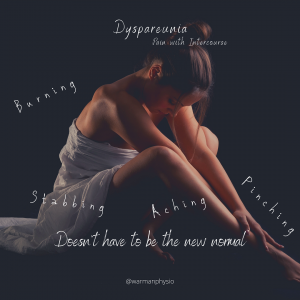
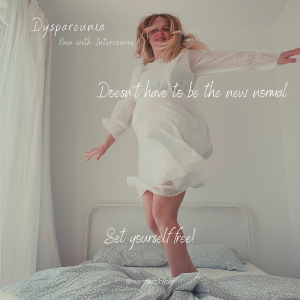
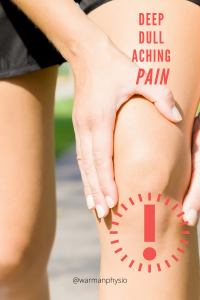
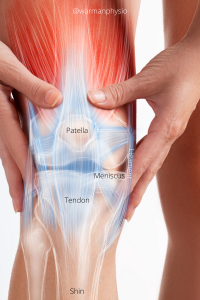
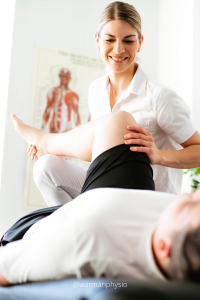 Once an assessment is complete, your physical therapist will have a good understanding as to why there is persistent front knee pain. If there are restrictions of the patella (knee cap) or knee, the therapist may recommend manual care to help restore the mobility of the knee joint. If there is muscle weakness and muscle shortening, the therapist may recommend stretches and strengthening as a home program. Strengthening can occur in both non-weight bearing and weight-bearing environments, with the use of theraband, if appropriate. Exercises are progressed when appropriate into activity and sport specific movements over time. The client will also be educated on proper technique and alignment to complete squats, step ups (such as with stairs), running, and possibly gait (walk) re-patterning.
Once an assessment is complete, your physical therapist will have a good understanding as to why there is persistent front knee pain. If there are restrictions of the patella (knee cap) or knee, the therapist may recommend manual care to help restore the mobility of the knee joint. If there is muscle weakness and muscle shortening, the therapist may recommend stretches and strengthening as a home program. Strengthening can occur in both non-weight bearing and weight-bearing environments, with the use of theraband, if appropriate. Exercises are progressed when appropriate into activity and sport specific movements over time. The client will also be educated on proper technique and alignment to complete squats, step ups (such as with stairs), running, and possibly gait (walk) re-patterning.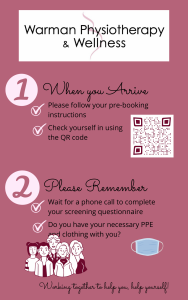
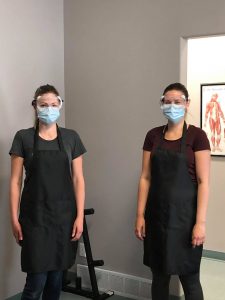
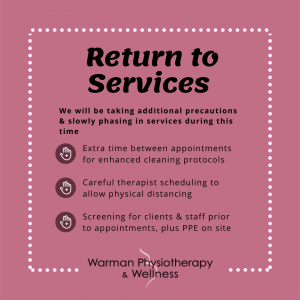 and exceed, the standards set. The health and safety of our clients, community, and staff are of the utmost importance. We are taking this re-opening seriously, ensuring that we are moving slowly, making significant adjustments, and allowing for as much physical distancing as we can allow.
and exceed, the standards set. The health and safety of our clients, community, and staff are of the utmost importance. We are taking this re-opening seriously, ensuring that we are moving slowly, making significant adjustments, and allowing for as much physical distancing as we can allow.